
The Importance of Sewage Treatment Plant (STP) in Controlling Water Pollution
The quality of water resources defines the quality of life, but the water crisis has been the primary environmental concern for the past decade. This article focuses on the importance of sewage treatment plants. Also, discuss the role it plays in controlling water pollution. Please read the whole article to know how we can combat water pollution.
Water pollution in India has grown significantly due to a rapidly developing economy and subsequently increasing population. The country’s central pollution control board found that polluted rivers and water sources more than doubled nowadays. As it stands, water pollution compounds the danger of water scarcity, which new procedures have sought to address.
As industrialization has spread around the globe, the problem of pollution has spread with it. Water resources are getting contaminated by various factors, which include both domestic and industrial pollutants. Around half of all ocean pollution is caused by sewage and wastewater. Each year, the world generates perhaps 5–10 billion tons of industrial waste, much of which is pumped untreated into rivers, oceans, and other waterways. Hence, risks are high when they are directly released into the living ecosystem.
Man is a complex being: he makes desserts bloom and lakes die.- Gil Scott Heron
Sewage treatment of wastewater is highly recommended as they help in purifying the significant impurities. Sewage treatment plants perform the function of treating the sewage water collected from industrial and domestic sources. Industrial and domestic sewage water contains heavy solid pollutants, organic wastes, and toxic chemicals. The sewage treatment process should be efficient in treating and removing the poisonous wastes before the disposal of wastewater in the living systems,hence making it safe.
Stages of Treatment:
In the clarification process, the liquid impurities float over the top surface. Later, the liquid contaminants, including oil floats and grease, are removed mainly using circular clarifiers. . Aeration is the sludge activation process that is carried out using large-sized fans called aerators. As the organic impurities require high BOD (Biological oxygen demand), the aerators supply oxygen to the bacteria, resulting in the formation of sludge which is removed at the later part of the secondary stage. The treated water from the secondary stage has chemical or physical infectants. The tertiary step involves the disinfection process of the toxic impurities, thus making it safe to dispose of treated water. Sewage treatment plants help reduce the hazardous contamination getting released into natural water bodies, thus controlling water pollution.
We can work together to keep the environment clean, so the plants, animals, and people who depend on it remain healthy. Awareness on installation of sewage treatment plants must be shared through various platforms of the media. We can take individual action to help reduce water pollution, for example, by using environmentally friendly detergents, not pouring oil down drains, reducing pesticides, and so on. We can take community action, by helping out on beach cleans or litter picks to keep our rivers and seas that little bit cleaner. And we can take action as countries and continents to pass laws that will make pollution harder and the world less polluted. Working together, can make pollution less of a problem—and the world a better place.
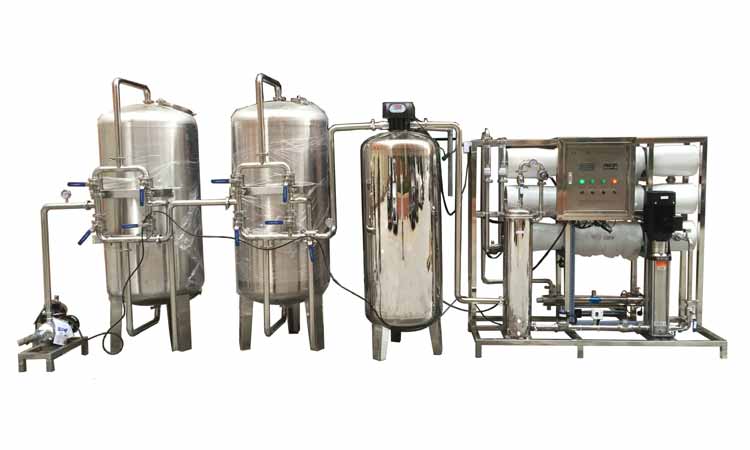
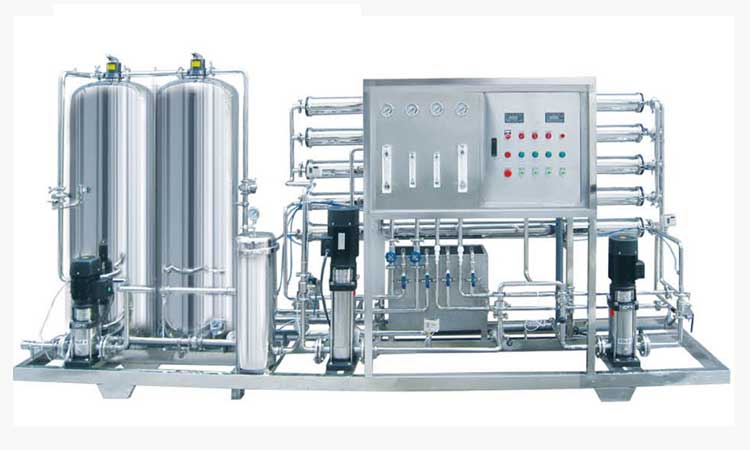
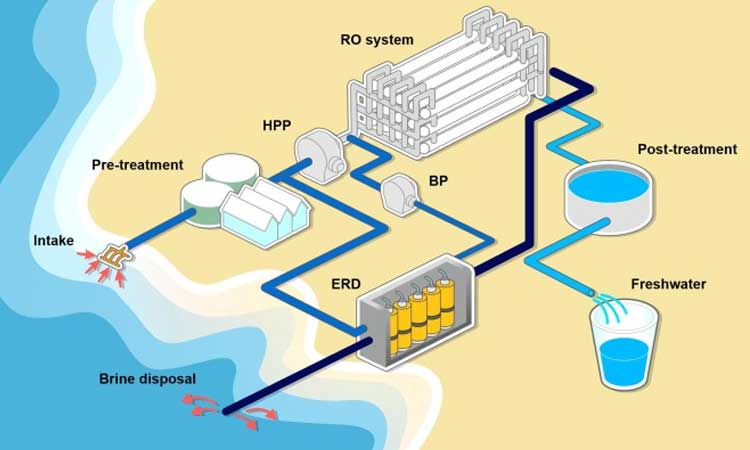
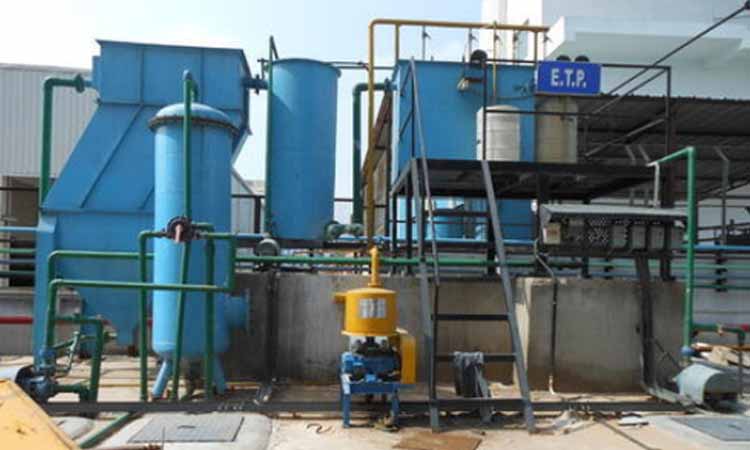
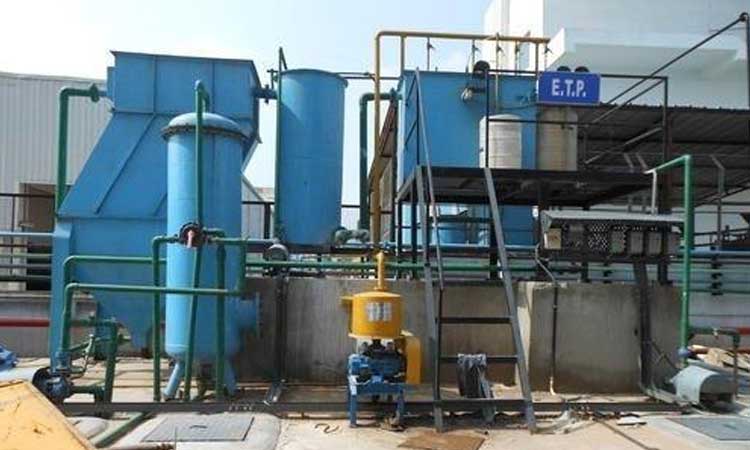
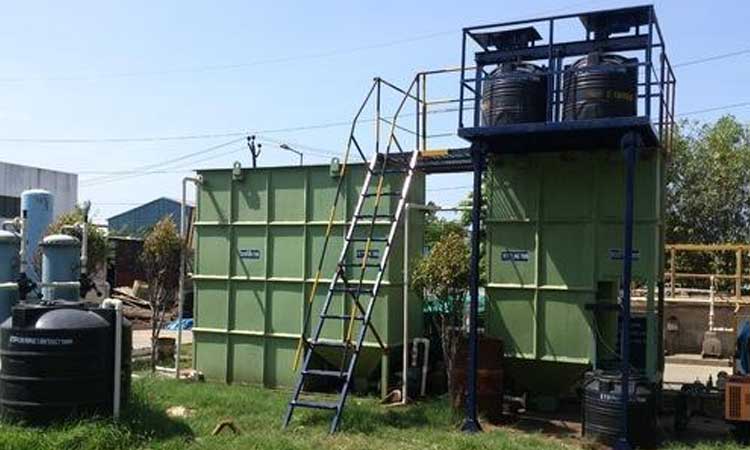
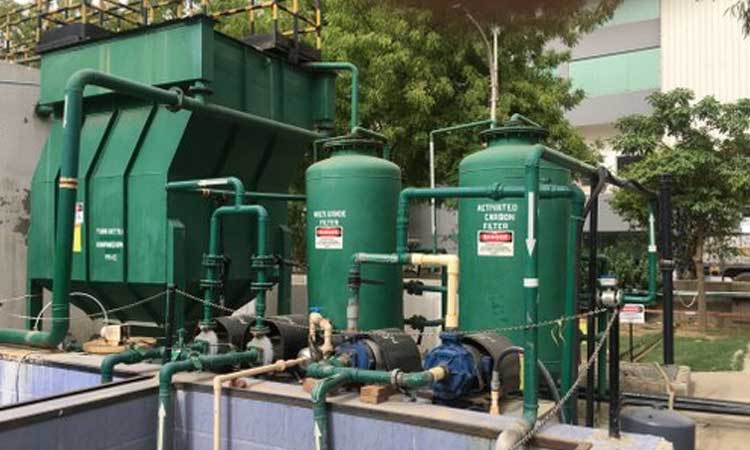

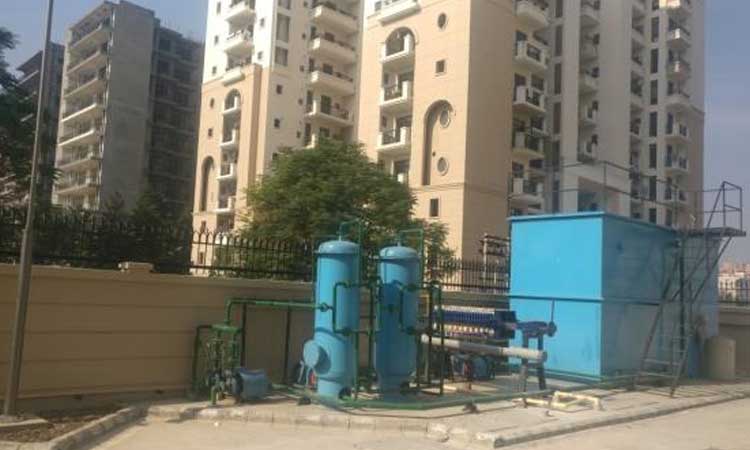
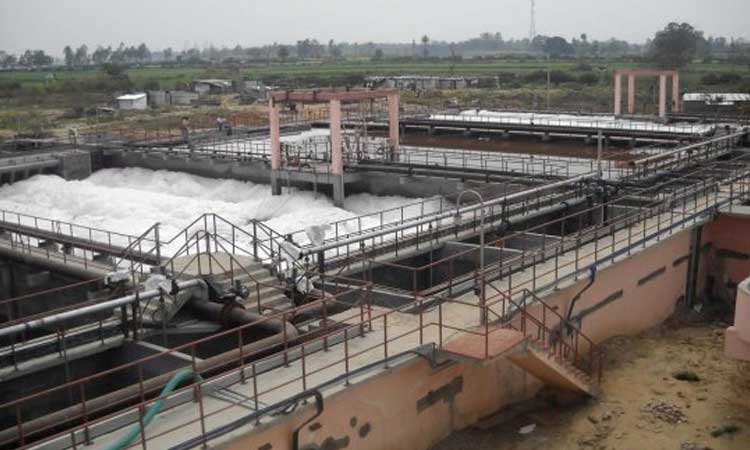
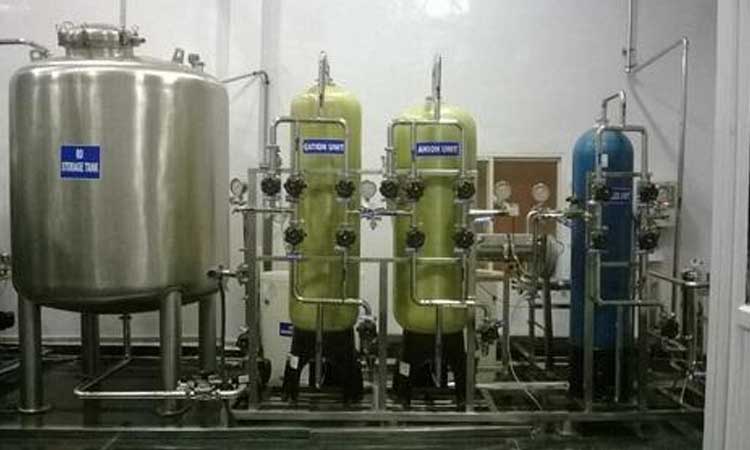

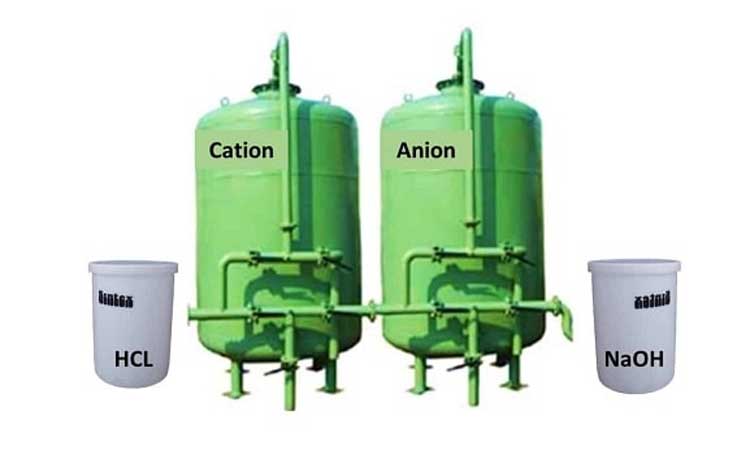


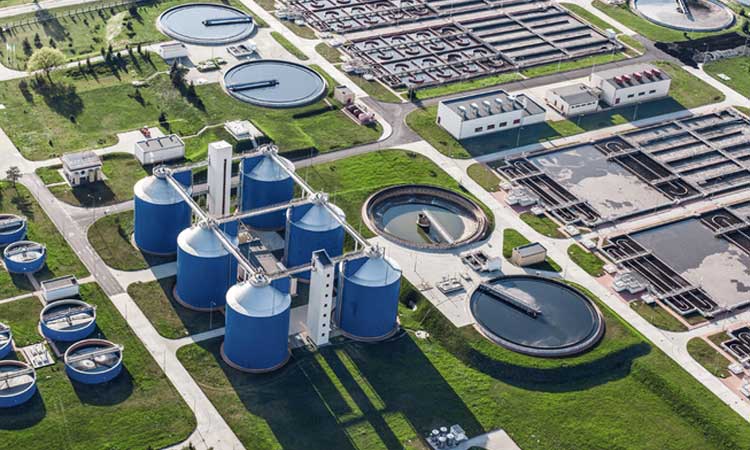


Comments
Various types of hazardous substances are generated from industries while producing certain types of products. Some of these chemicals find its way to the water body while discharging partially treated & untreated effluents.
Whether it is cooking water or drinking water,the pollution in water reaches the intestines where nutrients and vitamins are absorbed in to the body for providing nutrition to the body for growth and sustenance.
Infectious diseases can be spread through contaminated water. Some of these water-borne diseases are Typhoid, Cholera, Paratyphoid Fever, Dysentery, Jaundice, Amoebiasis and Malaria.